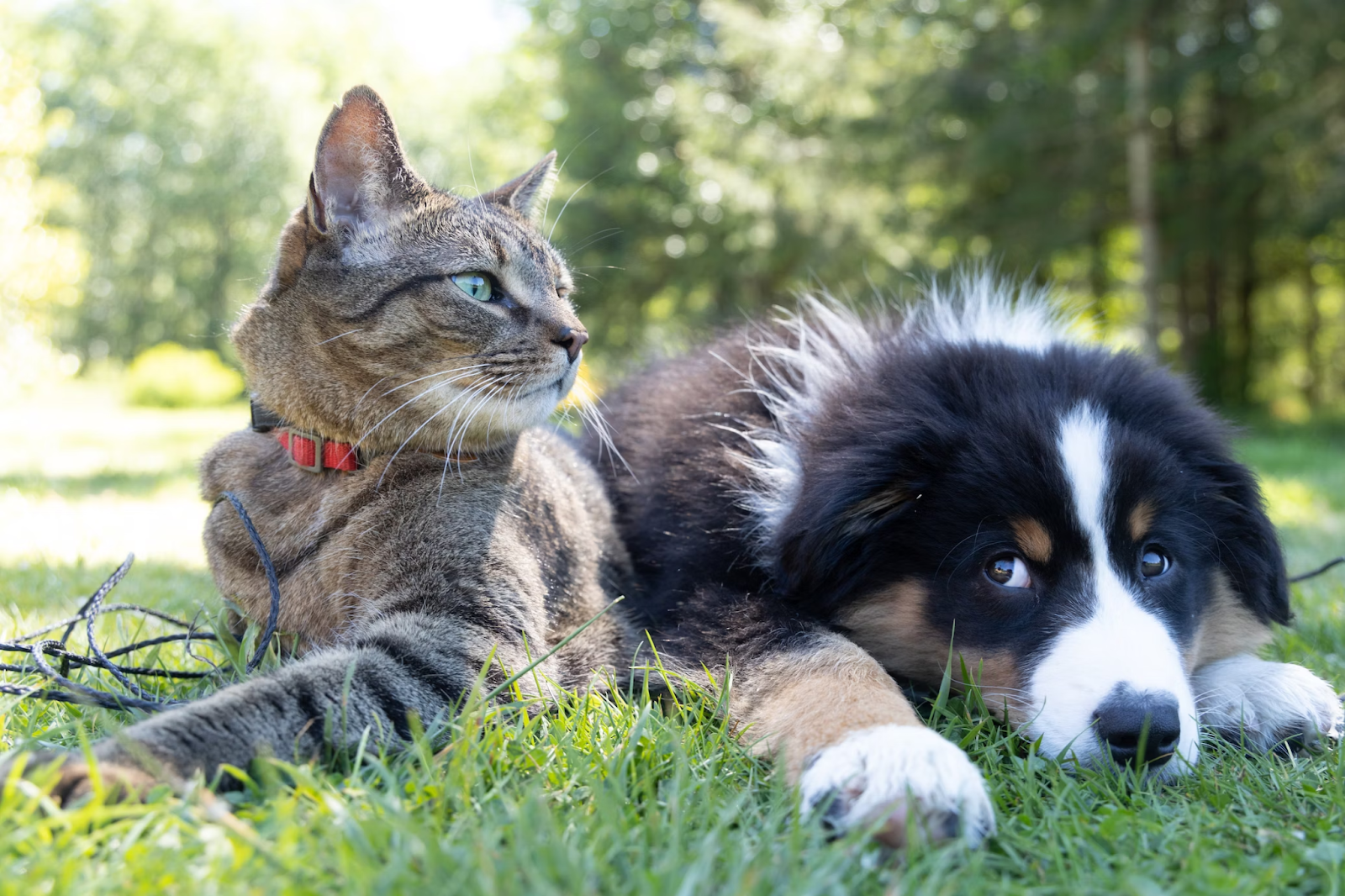Paws And Prosperity: Exploring U.S. Pet Services Growth And The Anticipated Surge In Annual Pet Spending From $980 To $1,292 By 2025
VIRGINIA BEACH, VA / ACCESSWIRE / January 31, 2024 / The number of U.S. homes with pets has been trending upward for decades, with more than 5 million more pets in the U.S. than before the pandemic. Beyond the pandemic-driven boom, the trends continue, driven by changing social dynamics as well as technological advancements. According to Morgan Stanley, the pet services industry is set to grow at a compound annual growth rate (CAGR) of

Average annual household spending per pet could grow from
Market Factors Fueling The Boom
The growth of the U.S. pet services industry can be attributed to several key factors. These range from the evolving perception of pets in our households to technological innovations that are reshaping how pet care services are delivered:
- Humanization of Pets: Pets are increasingly seen as family members, leading to heightened demand for high-quality services. This shift is evident in the 2023 sales of pet food and treats (
$62.7 billion ), vet care and product sales ($37 billion ) and supplies and over-the-counter medicine ($32.1 billion ). Furthermore, nearly half of pet owners in a recent Ally Consumer Research survey said they would cut spending on themselves or take on debt before cutting their pet budget. - Increase in Pet Ownership: The APPA National Pet Owners Survey revealed that
66% of U.S. households own a pet. This translates to about 86.9 million households with pets, including 65.1 million dog owners and 46.5 million cat owners. Millennials and Generation X are the largest demographic groups among pet owners. - Impact of COVID-19: The pandemic accelerated the growth of the pet industry in a number of ways. With more people now working from home, there's been a notable increase in pet ownership, which naturally contributes to overall demand in the industry, but it has also fueled e-commerce sales.
- Technological Advancements: Technology has played a pivotal role in pet care, with over half of Americans turning to Amazon.com Inc. for pet products. Other online platforms like Target Corporation, Walmart Inc. and Costco Wholesale Corporation are also very popular among consumers. However, Chewy Inc. is still the frontrunner in the dedicated online pet shop segment. Overall, technology is providing greater variety and convenience to consumers who seek pet-related products.
Emerging Trends Within The Industry
As the pet services industry continues to grow, several emerging trends are shaping its future. These trends reflect the changing needs and preferences of pet owners, as well as broader societal shifts toward sustainability and holistic care:
- Premiumization of Services: The pet care industry is experiencing a significant shift toward premiumization, evidenced by the rising popularity of luxury pet resorts and advanced personalized nutrition options. Companies like Freshpet are at the forefront of this movement, with a focus on high-quality, specialized pet food products.
- Focus on Pet Wellness: There's a growing emphasis on holistic care in the pet industry, extending beyond physical health to include mental well-being. This is reflected in the increasing provision of mental health resources for veterinary professionals and the integration of alternative pet therapies such as massage, acupuncture and chiropractic care in treatment plans.
- Subscription-based Services: The pet industry is witnessing a surge in convenience-driven subscription-based models. This is particularly evident in the success of subscription services for pet foods and ongoing service memberships. Companies like Chewy and Amazon are leading this trend, with Chewy reporting a significant
18% increase in its auto-ship sales, highlighting the growing consumer preference for regular, hassle-free deliveries of pet products and services. - Sustainability: The pet industry is increasingly focusing on producing more socially and environmentally sustainable products, from organically grown pet food to ecologically friendly chew toys. The Pet Sustainability Coalition, in collaboration with the World Pet Association, found that
91% of industry professionals in 2021 expected the demand for such products to increase rapidly. This trend aligns with the broader consumer shift towards sustainability, with over50% of pet owners willing to pay more for eco-friendly pet care products.
Innovative Trends In The Pet Industry
Aside from these broader trends, there are also specific innovations in the pet industry worth spotlighting. Companies like Wag! Group and Inspire Veterinary Partners Inc. (NASDAQ:IVP) are adopting new strategies. Wag! has partnered with Bright Horizons Back-Up Care Services to offer pet care as an employee benefit, aiming to align with the changing needs of the modern workforce and potentially improve work-life balance. Inspire Veterinary Partners, on the other hand, is moving away from conventional veterinary business models, focusing instead on employee and pet welfare while introducing different business structures and equity options for veterinary professionals - the company prides itself on being "employee-owned" due to its innovative equity model.
This approach seems to be a response to the current industry trend, where large consolidators own approximately
Industry Evolution And Future Outlook
The U.S. pet services industry's expansion in recent years is a testament to the deepening bond between humans and their pets. Driven by humanization, increased ownership, technological advances and a focus on wellness and sustainability, the industry is adapting to changing pet and owner needs. Meanwhile, innovators like Wag! and Inspire Veterinary Partners Inc. are redefining standards in unexpected ways, emphasizing ethical and well-being-focused practices for this steadily growing industry. While this robust growth has the potential to boost the economy, it also stands to enrich the human-pet relationship, symbolizing the sector's enduring significance and potential.
Other companies innovating in the space include PetIQ, Trupanion, and Zoetis.
Featured photo by Andrew S on Unsplash.
Contact:
Kevin McGrath
kevin@tradigitalir.com
SOURCE: Inspire Veterinary Partners, Inc.
View the original press release on accesswire.com







